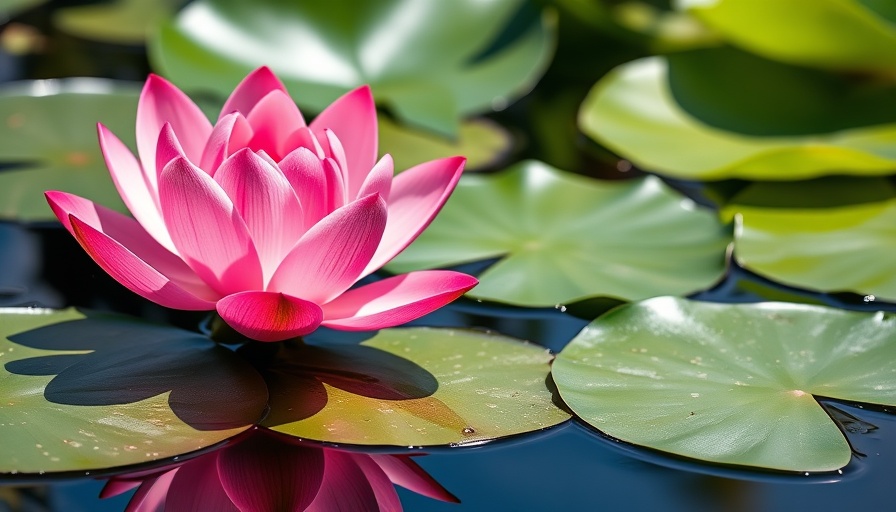
Revolutionizing Sustainable Fashion with Lotus Silk
Bangladesh is making waves in the sustainable textile industry with its innovative creation of lotus silk — a biodegradable luxury fabric derived from the Asian lotus (Nelumbo nucifera). Unlike conventional textiles, the production of lotus silk avoids the heavy environmental burdens commonly associated with fabric manufacturing, such as water pollution and excessive energy consumption.
Roots of Tradition, Branches of Innovation
The production journey of lotus silk in Bangladesh began in 2021, spurred by the efforts of Bengal Plants Research and Development (BPRD). With the backing of the Bangladesh National Commission for UNESCO, researchers sought to explore the myriad uses of lotus, combining ancient practices with modern sustainability science. “This is not just a scientific innovation; it’s a cultural renaissance in Bangladesh,” said Sikdar Abul Kashem Shamsuddin, chairman of BPRD.
What sets lotus silk apart? It is harvested without uprooting the lotus plants, ensuring ecological balance while promoting the growth of new leaves and slender petioles. This method not only conserves water but also preserves the natural habitat, making it a sterling example of sustainable agriculture.
The Green Fabric of Tomorrow
Lotus silk boasts qualities akin to those of both silk and linen—soft, breathable, and wrinkle-resistant. As the environmental crisis intensifies, the demand for eco-friendly products and sustainable solutions is growing. Lotus silk addresses these needs by providing a textile option that is not only renewable but also aligns with all our sustainability practices.
Moreover, the empowering aspect of this project cannot be overstated. Women who once had limited job prospects are now gaining skills to produce and sell this luxury fabric to a global market. “It’s about transforming lives; the lotus plant is creating job opportunities where none existed before,” Shamsuddin added.
Environmental Conservation and Beyond
As more people seek to reduce their carbon footprint and engage in responsible consumption, the introduction of lotus silk aligns perfectly with the principles of ethical fashion. It empowers consumers to make conscious choices without sacrificing quality or luxury. In an era of increasing attention to climate change and ecological stewardship, lotus silk represents a pivotal moment in sustainable development.
Future Predictions: Lotus Silk’s Potential
Looking forward, the global appetite for sustainable fabrics will likely continue to grow, driven by consumers who prioritize eco-friendly alternatives. Lotus silk could pave the way for other countries to explore similar agricultural innovations that yield sustainable textiles. Brand partnerships and collaborations could further elevate this fabric, making it a staple in high-end sustainable fashion.
Actionable Insights for Conscious Consumers
For those looking to adapt a more sustainable lifestyle, supporting products like lotus silk is a great start. By choosing eco-friendly materials, consumers contribute to reducing plastic pollution, encouraging sustainable agriculture, and supporting local economies. Beyond choosing sustainable products, individuals can also advocate for environmental conservation by sharing stories about such innovations.
In conclusion, the emergence of lotus silk in Bangladesh is about more than just eco-friendly fashion; it stands as a testament to the power of cultural heritage and innovative sustainability practices. As consumers, we are positioned to make informed choices that align with not just our fashion preferences but also the health of our planet.
 Add Row
Add Row  Add
Add 



Write A Comment